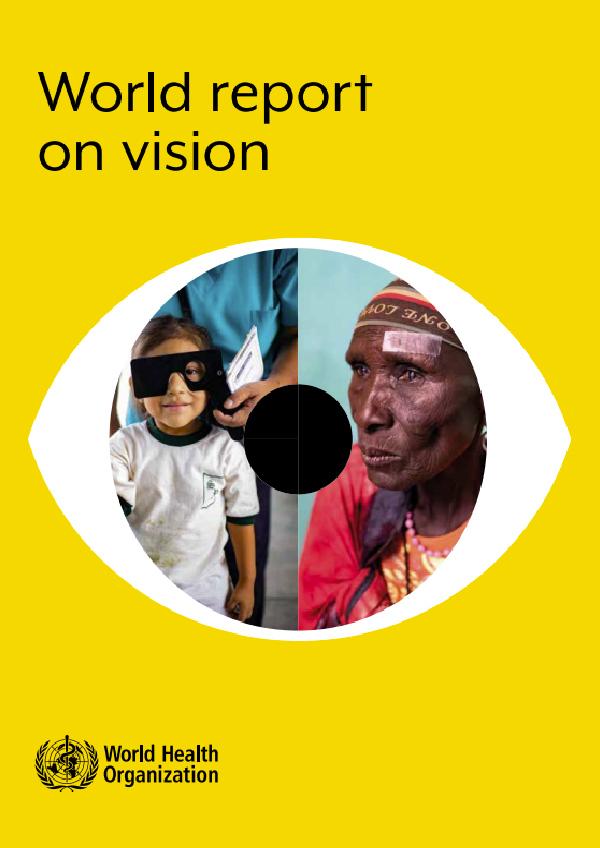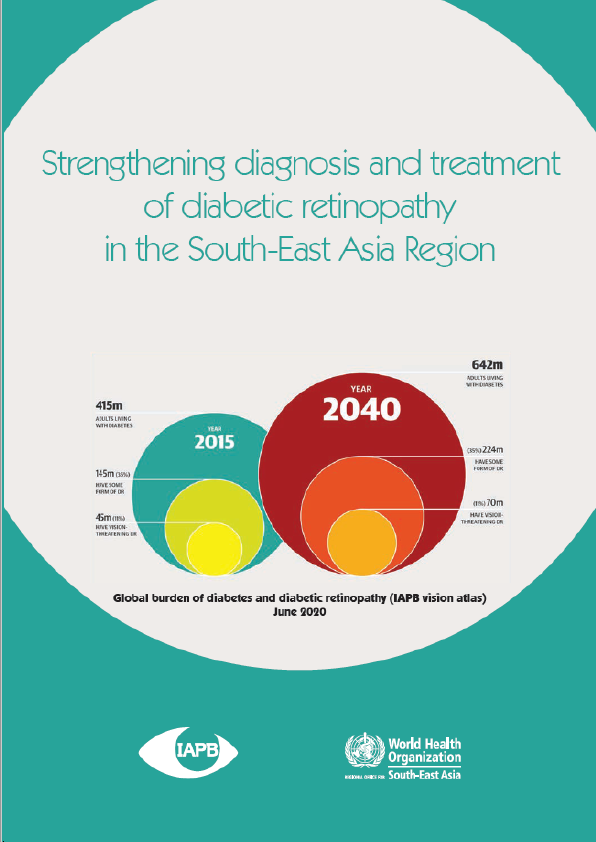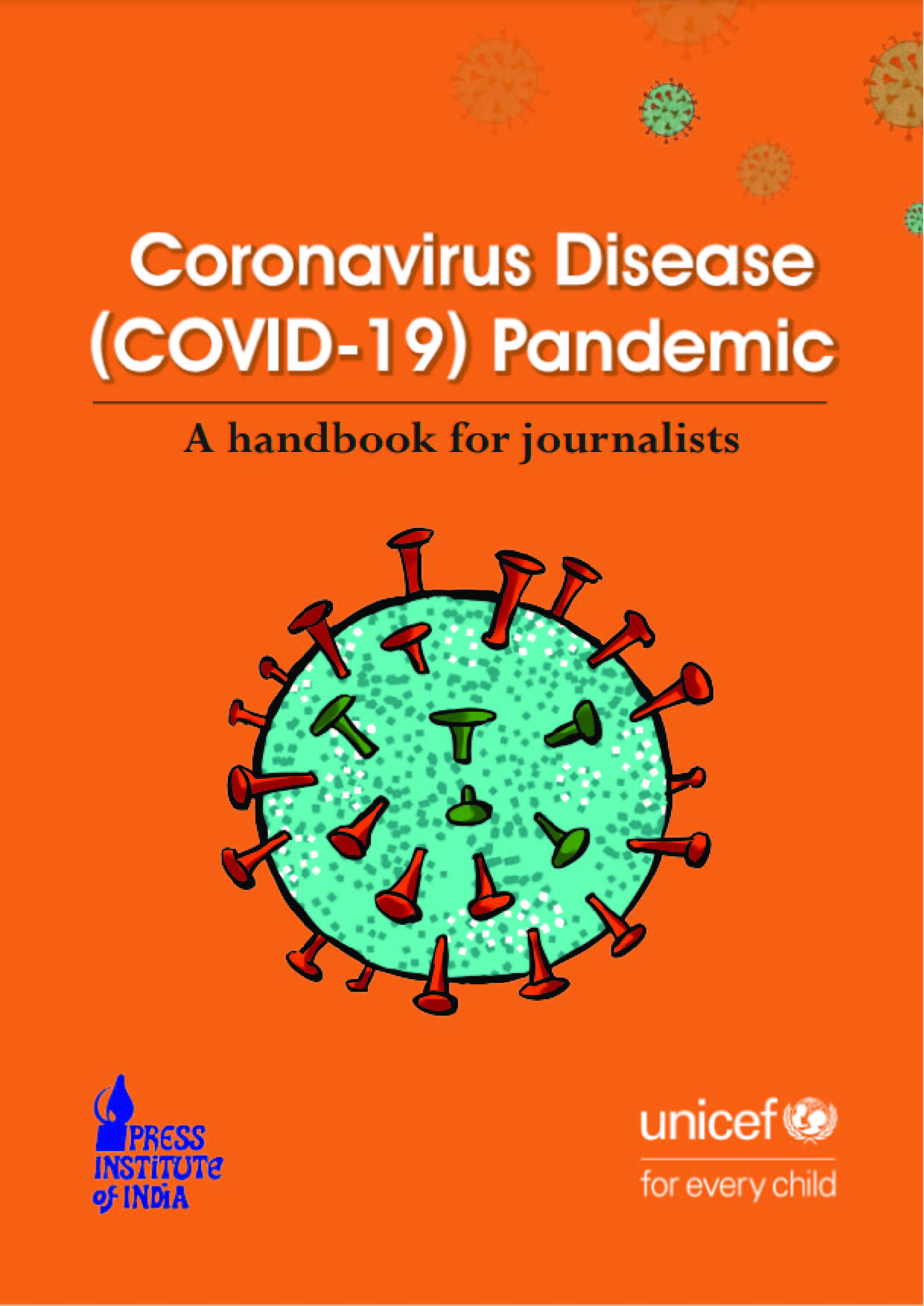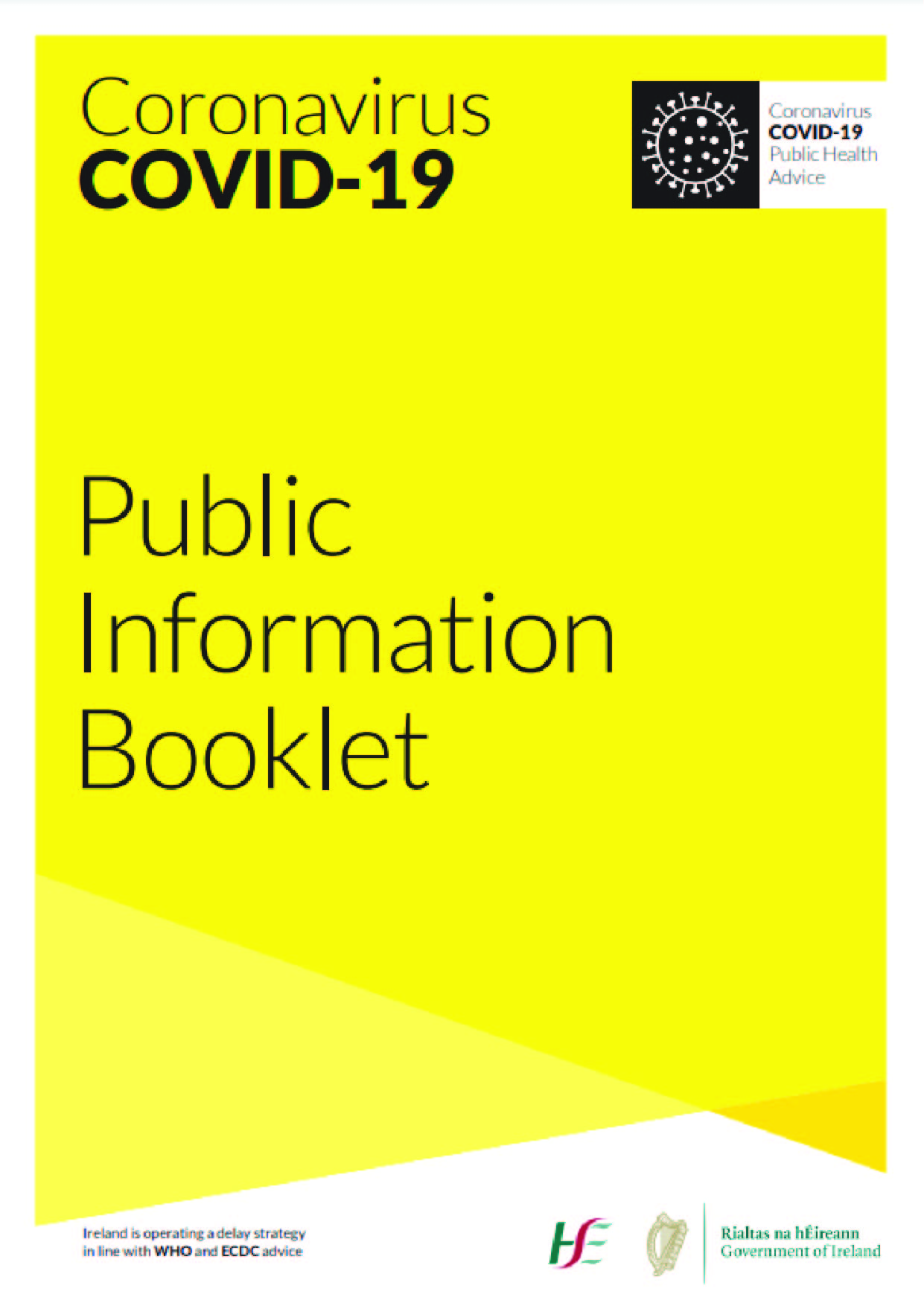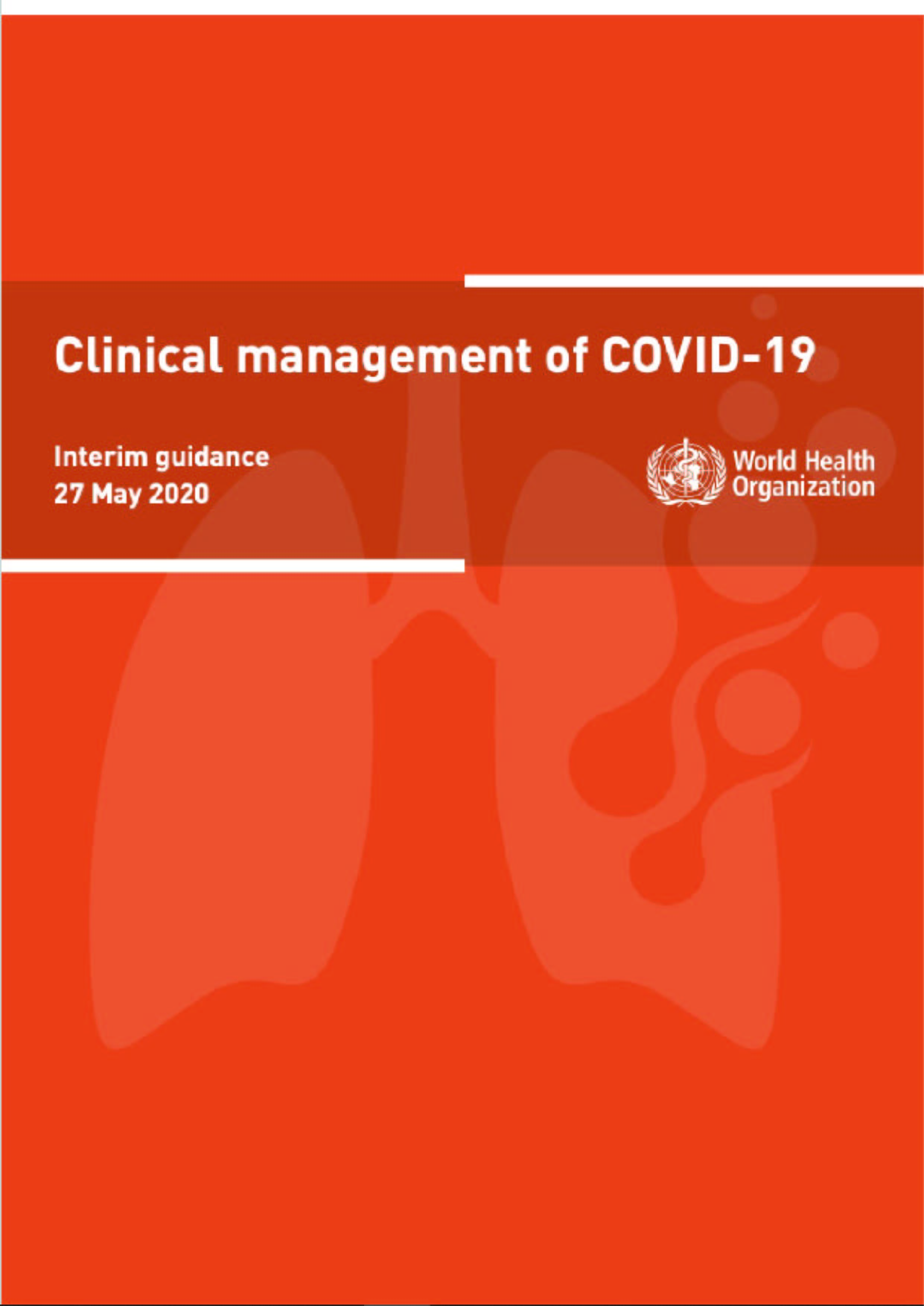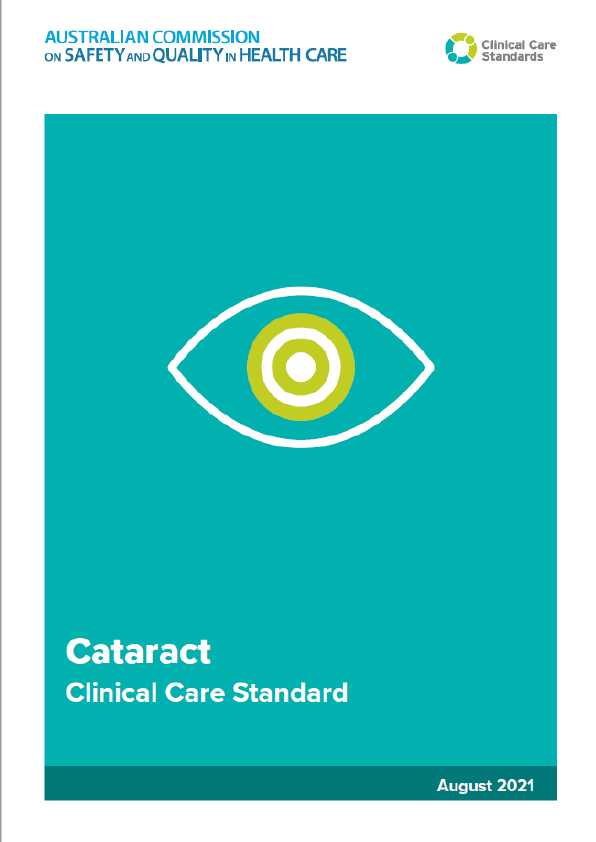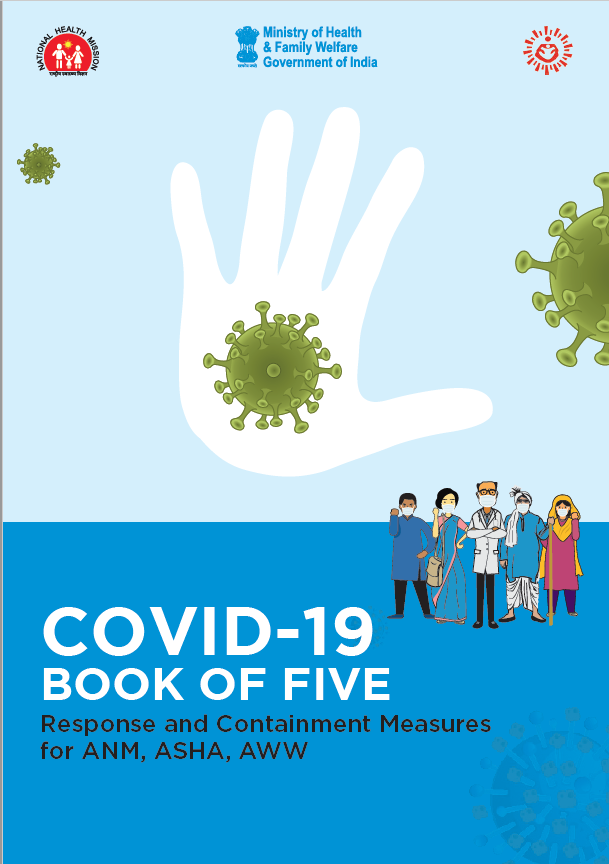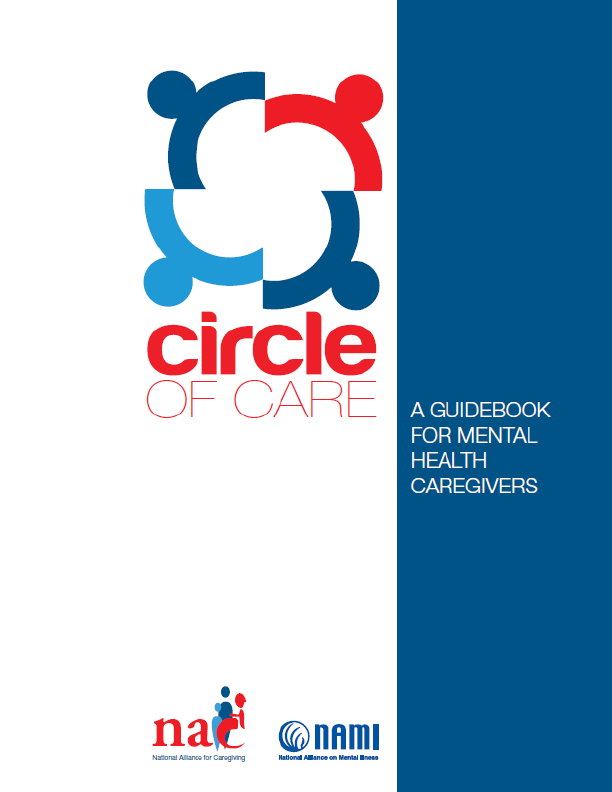At present at least 2.2 billion people around the world have a vision impairment, of whom at least 1 billion have a vision impairment that could have been prevented or is yet to be addressed. The world faces considerable challenges in terms of eye care, including inequalities in the coverage and quality of prevention, treatment, and rehabilitation services; a shortage of trained eye care service providers; and poor integration of eye care services into health systems, among others. The World report on vision aims to address these challenges and galvanize action.
Produced at the request of Member States during a side event to the 70th World Health Assembly, and with the support of experts from around the world, the report provides evidence on the magnitude of eye conditions and vision impairment globally, draws attention to effective strategies to address eye care, and offers recommendations for action to improve eye care services worldwide. The key proposal of the report is for all countries to provide integrated people-centered eye care services which will ensure that people receive a continuum of eye care based on their individual needs throughout their lives.
The World report on vision is directed at ministries of health, development agencies, civil society organizations and researchers, practitioners, and policy-makers from the field of eye care. It is hoped that by shaping the global agenda on vision, the report will assist the Member States and their partners in their efforts to reduce the burden of eye conditions and vision loss and achieve the Sustainable Development Goals (SDGs), particularly SDG target 3.8 on universal health coverage.
The global need for eye care is projected to increase dramatically in the coming decades posing a considerable challenge to health systems. Despite concerted action during the past 30 years, significant challenges remain. The World report on vision seeks to stimulate action in countries to address these challenges by proposing integrated people-centered eye care (IPEC) as an approach to health system strengthening that builds the foundation for service delivery to address population needs. IPEC refers to eye care services that are managed and delivered to assure a continuum of promotive, preventive, treatment, and rehabilitative interventions against the spectrum of eye conditions, coordinated across the different levels and sites of care within and beyond the health sector, and according to their needs throughout the life course. IPEC will also contribute to achieving universal health coverage (UHC) and Sustainable Development Goal 3 (SDG3): “Ensure healthy lives and promote well-being for all at all ages”.
Vision, eye conditions, and vision impairment
Vision, the most dominant of our senses, plays a critical role in every facet and stage of our lives. We take vision for granted, but without vision, we struggle to learn to walk, read, participate in school, and work.
Vision impairment occurs when an eye condition affects the visual system and one or more of its vision functions. Vision impairment has serious consequences for the individual across the life course. Many of these consequences can, however, be mitigated by timely access to quality eye care and rehabilitation.
Eye conditions that can cause vision impairment and blindness – such as cataracts, trachoma, and refractive error – are, for good reasons, the main focus of prevention and other eye care strategies; nevertheless, the importance of eye conditions that do not typically cause vision impairment – such as dry eye and conjunctivitis – must not be overlooked. These conditions are frequently among the leading reasons for presentation to eye care services in all countries.
